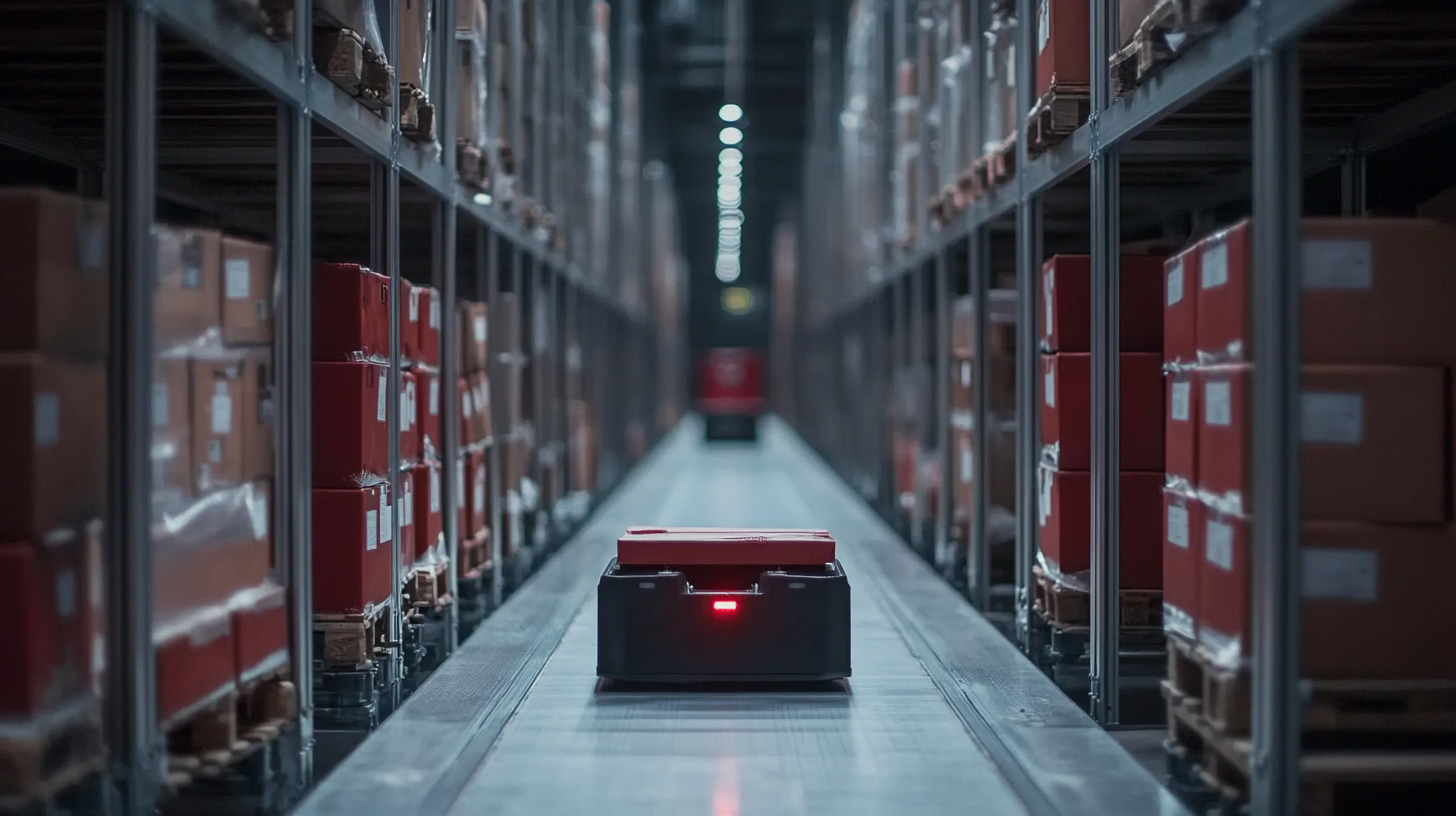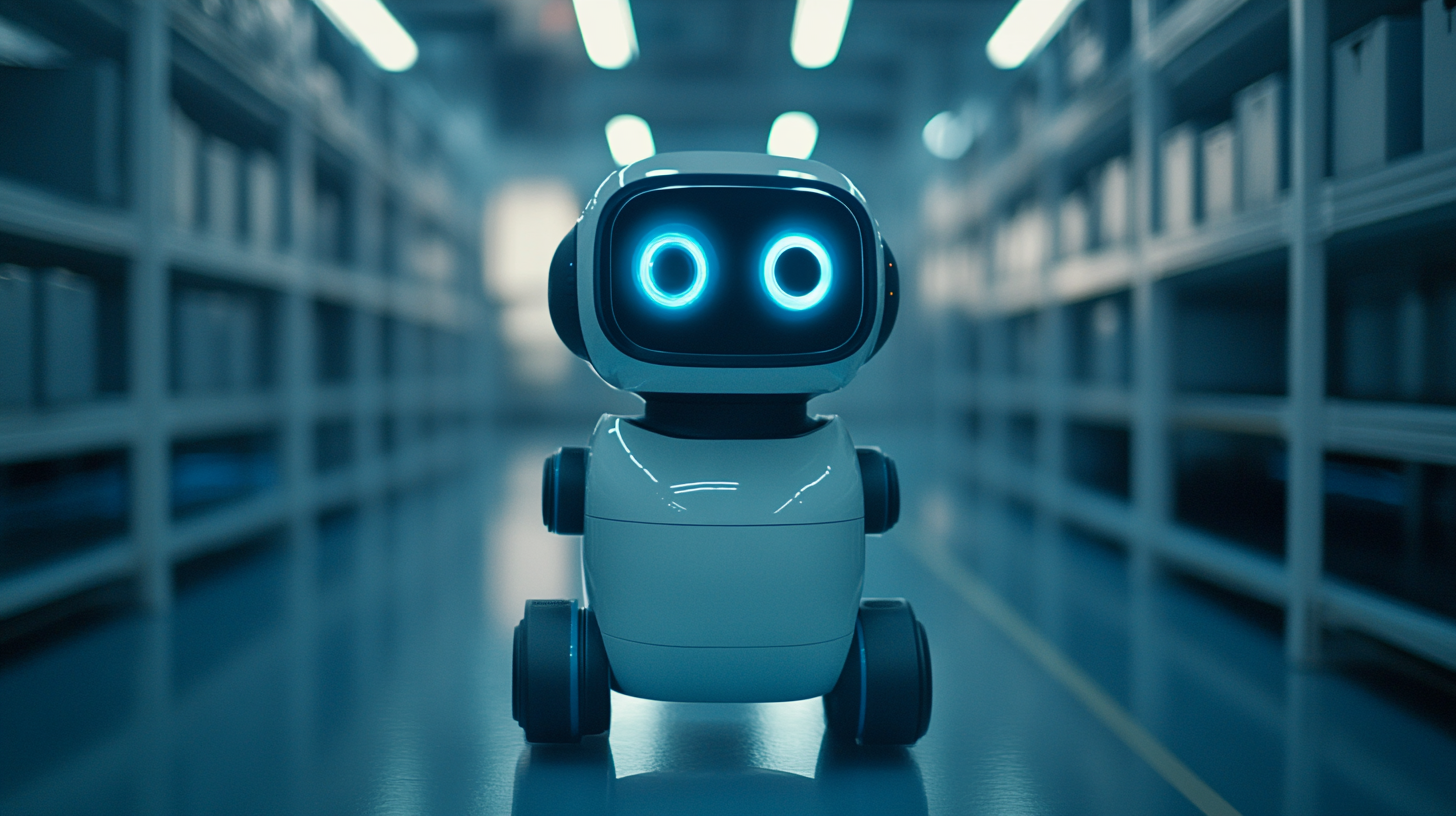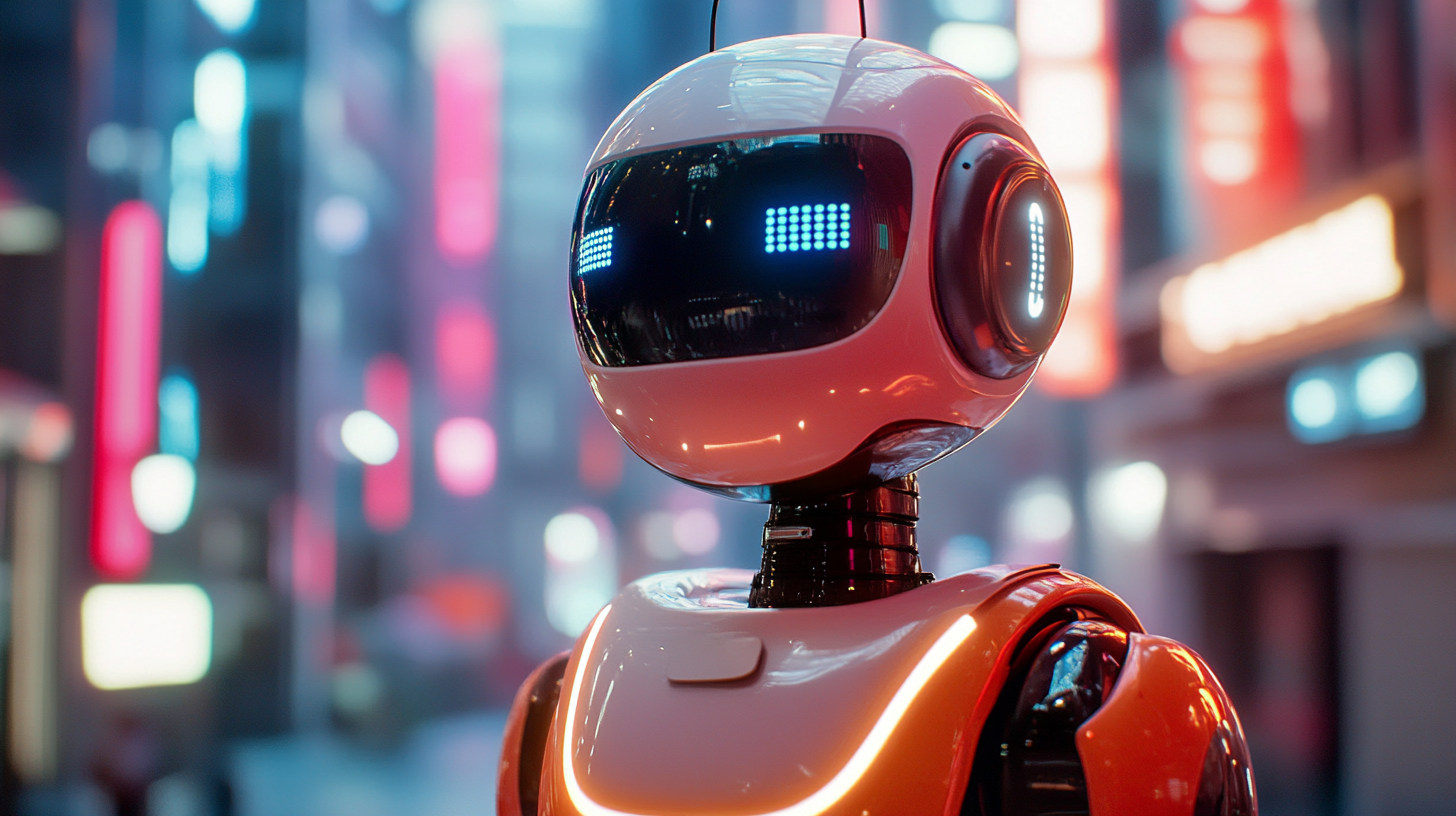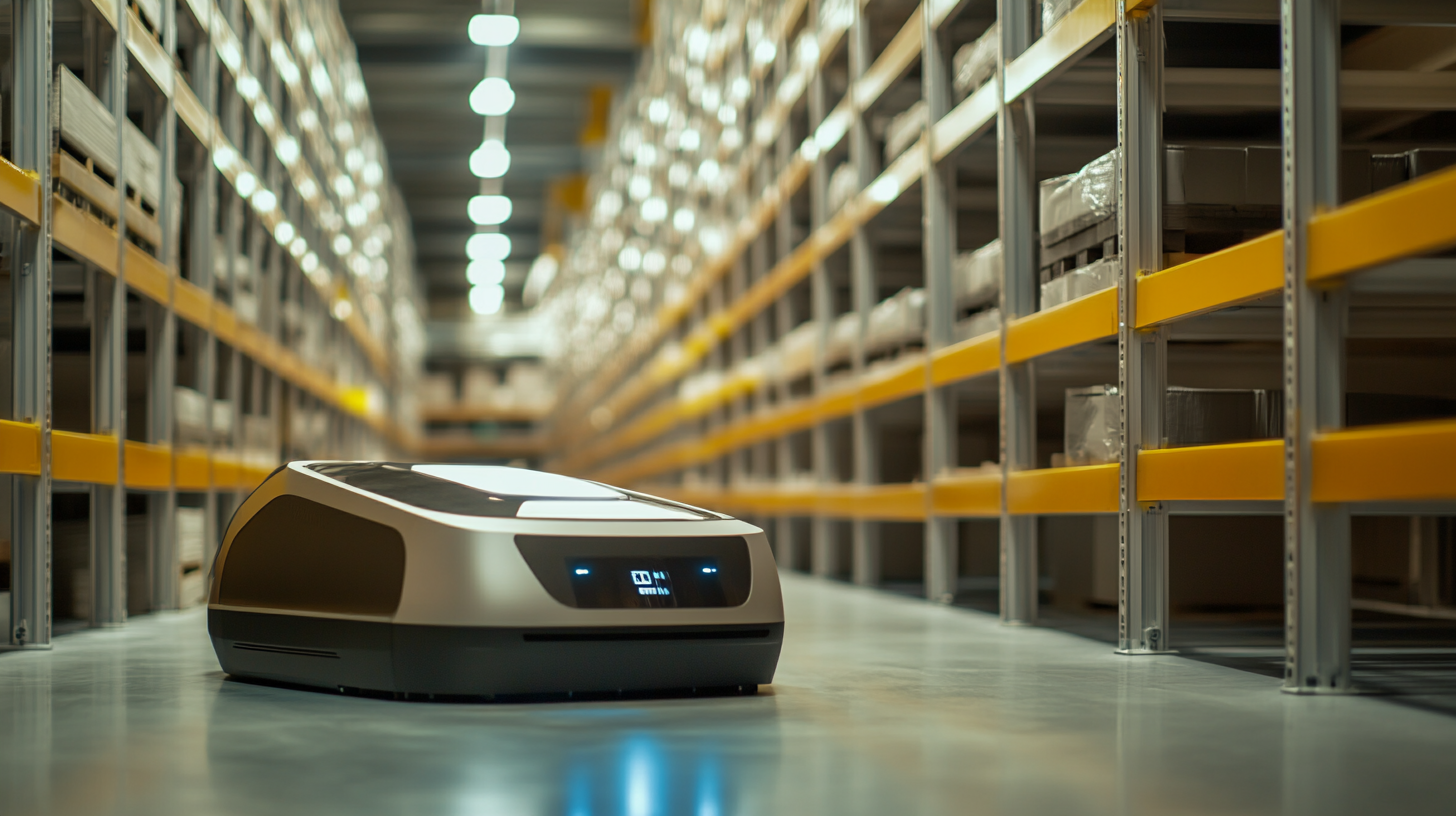Use it to plan your own robot barista payback period.

Want to know more details?
Please, contact your manager.
Aleksandr Maksimovich
Business Development Manager
Nalarobot Robotics | Nalarobot Café
Mobile: +375 333 760 460
(WhatsApp | Telegram | Viber)
BLOG
Navigating the Future: A Comprehensive Guide to Cobot Robotics in Global Supply Chains by 2025
With the world supply chains on the threshold of yet another era, automation and robotics are extremely important. Among the most fascinating developments is Cobot Robots, short for collaborative robots that are supposed to work alongside human workers. These innovative machines are not just redefining production lines but also contribute to safer, more efficient, and adaptable logistics operations. By 2025, Cobot Robots are slated to assume a significant role in the transformation of how industries respond to changing consumer demands in a fast-paced and complex market characterized by volatile market dynamics.
This blog aims to explore the impact of Cobot Robots on global supply chains and to present a comprehensive guide for navigating this interesting territory. Insights will encompass everything from what Cobot Robots are capable of doing and where these skills can be applied to understanding the critical success factors associated with their implementation. This knowledge could help businesses adopt these technologies to their advantage. Cobot Robots must be acknowledged for their role in pushing forth innovation and practical excellence for companies to sustain competitiveness in the new landscape.

The Rise of Cobots: Transforming Supply Chain Dynamics
Supply chain dynamics could see unseen changes by 2025 when collaborative robots, cobots, redefine the several-dimensional levels of how goods move from the start till they finish. With such complexity of supply chain management, cobots are important tools that employers will use to plod through these operational bottlenecks. Co-bots are used to assist or work with human workers, whilst working to boost efficiency, safety, and adaptability within an array of working conditions. A guiding role of cobots has easily globalized with the ambitions for smart manufacturing under the emergence of advanced technologies. This kind of production cell mostly results in a very significant reduction of the overall cost of producing such productivity enhancements. Combining cobots with technologically smart solutions, allowing the Internet of Things (IoT) supercharges the flow of data and its analysis in real-time. With these data inputs, the various companies are able to make better decisions and use up fewer resources, create more efficient and resilient supply chains. The flexible nature of cobots enables scalability in response to changes in market demand. Unlike traditional robots, which might need costly reconfiguration and downtime in some instances, cobots could be retrained and reconfigured very easily within very short durations for completely different operations. Out of the large number of benefits that this trait offers for accelerated production times is evaluated, as it creates an environment that demands innovation, allowing a workforce to experiment with new processes and implement them with success at rapid speed. All this goes to illustrate that the collaboration between men and cobots will certainly redefine the global supply chain operational efficiencies.

Key Advantages of Cobots in Global Supply Chain Operations
By enforcing collaborative robots also known as cobots with global supply chain operations, business processes are undergoing a change from what humans otherwise did. The most important factor is that they instantly increase productivity without displacing jobs. This is a major difference from conventional automation which requires very high initial capital and more often than not, leads to the elimination of workers since cobots were designed to work alongside human operators allowing them to concentrate on more valuable activities. Hence, efficiency is further increased with a more engaged and satisfied workforce.
Another plus point is that cobots are versatile machines with flexible programming; they can perform not only picking and packing but also quality control, increasing their importance in the dynamic supply chain environments that we see today. When a company faces changing demand and resource constraints, cobots can reassign tasks or shifts on the fly, ensuring continuity of service. Because it gives companies a fast point of reference to turn when markets transform, it is essential for their continuous competitive edges in these ever-evolving markets to quickly respond to changing markets and consumer demands.
In addition, cobots have benefited workplace safety since they do the repetitive or hazardous tasks that might predispose an employee to injury. It not only protects workers but also minimizes missed time due to workplace accidents. As countries impose stricter global safety regulations, implementation of cobots will be a way to help organizations meet these compliance standards while helping reinforce a culture of safety. Overall, by 2025, global supply chain operations will be set for more effective, flexible, and safe working environments via cobots.

Integrating Cobots: Strategies for Successful Implementation
This presents a very big opportunity for companies to take productivity and efficiency to a new level in the supply chains of the world; it is the incorporation of collaboration robots or cobots. When companies identify areas where they could optimize with the use of such automation, they have to benchmark for existing workflows. It involves performing detailed analysis and diagnosis of repetitiveness that draws significant human resources so that organizations can initiate specific action against automating those activities and position cobots complementarily with human workers, where both can deal with their appropriate importance.
Moreover, cobot implementation would also rely on training and drawing more employees into the workforce. Involving workforce transition towards ultimate use of these cobots involves equipping employees on the need-to-know basis about the capabilities beyond productivity enhancement of the system. The training should thus be on the operations of using a cobot for the worker but with a mixture of training of how to work with humans and robots together. This will lead to an ethos favorable to synergistic work with humans and robots, creating an atmosphere of comfort that alleviates worker fears.
Last but not least, it involves keeping an open mind toward altering possibilities that are changing so rapidly in the world of supply chain technology. Since cobots change constantly, therefore, the business should be adaptable and cyclical with reassessing strategies of integration as per new advances or changes. This implies paying close attention to emerging trends within the business area and technology, enabling firms to position themselves to utilize the whole power of cobots and be on top of the competition. This ready approach will ensure that the company does not just react to the changes but positions itself to race ahead while waving to the rearward future of supply chain management.

Future Trends: Predicting Cobot Development in Supply Chains
Collaborative robotics is poised for phenomenal growth and technological innovation in the global supply chain by 2025. Efforts in industries to increase efficiency and adaptability make it imperative to use cobots in supply-chain-related operations. Recent indications show that the cobot industry is growing fast, with advances in human-robot collaboration being the driving force. This new paradigm not only boosts productivity but also solves the workforce challenge, allowing human workers to focus on complex tasks while robots take care of repetitive and heavy-duty work.
The maritime industry's embrace of sustainability, in keeping with new initiatives such as the South Korean green shipping fuel supply chain construction plan, is further validating the role of cobots. The ability of cobots to streamline operations and minimize emissions while optimizing resources is under increasing scrutiny in an otherwise heavily regulated industry. The International Maritime Organization's 2023 greenhouse gas reduction strategy emphasizes immediate technological demands, where cobots may emerge as enforceable and efficient allies.
As industries adjust to changes in market requirements and technology, cobots will not only solve the supply chain hiccups but redefine the capacity to operate. While the next couple of years will witness the fast development of the cobot industry, the innovations will enhance the functionality and interactivity of cobots, making them part and parcel of future supply chain designs globally.
Overcoming Challenges: Addressing Barriers to Cobot Adoption
The use of cobots, or collaborative robots, in the refurbishment of supply chains towards capacity has grown increasingly critical. The high adoption of these machines into existing structures is, however, limited by many hindrances. One such barrier is that humans have a very-negative misconception about the reliability and safety of cobots. They do not trust that these machines can work alongside human employees without compromising safety or productivity. To break this barrier, organizations must put in place comprehensive learning programs that focus on the safety features and dependability of cobots, thus fostering a culture of trust in this advancement.
Initial investment requirement for cobots is the other barrier for many businesses going for them. These high front-end costs are likely to deter most businesses, especially small- to medium-scale businesses, although in the long run cobots are supposed to offer overall money-saving advantages. A phased approach whereby cobots are implemented in small stages is recognized to have cost benefits and could be beneficial. Companies may research financing options and partnerships to avoid taking on the initial burden and yet enjoy some of the benefits of automation sooner.
Finally, the lack of clearly outlined standardized regulations and guidelines regarding cobot usage can make it quite confusing for companies wanting to adopt the technology. As industry standards continually change, it is important that businesses consider keeping abreast of, and participating in, best practices. This will be possible through the establishment of partnerships among technology developers, industry associations, and regulatory bodies.
